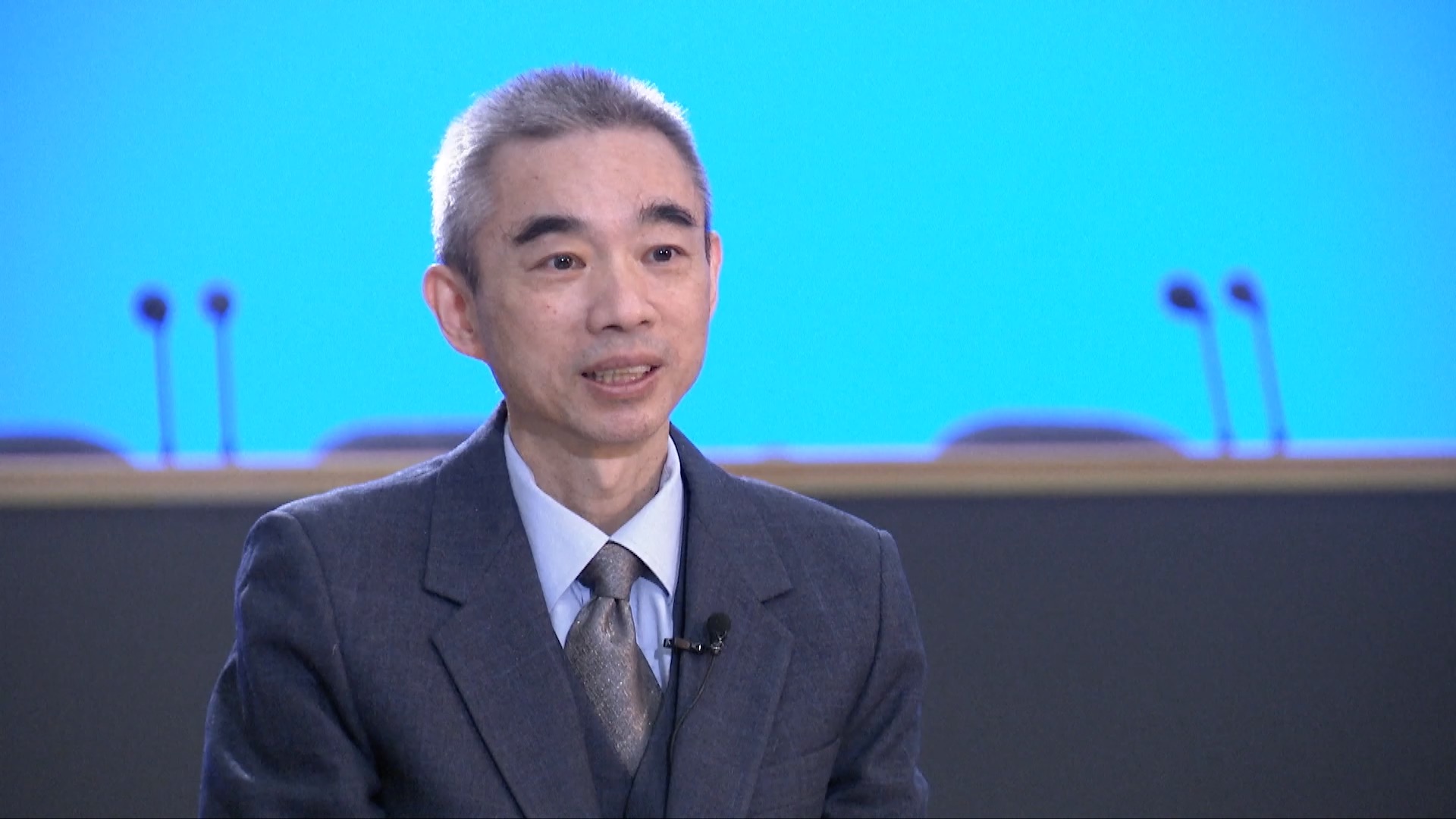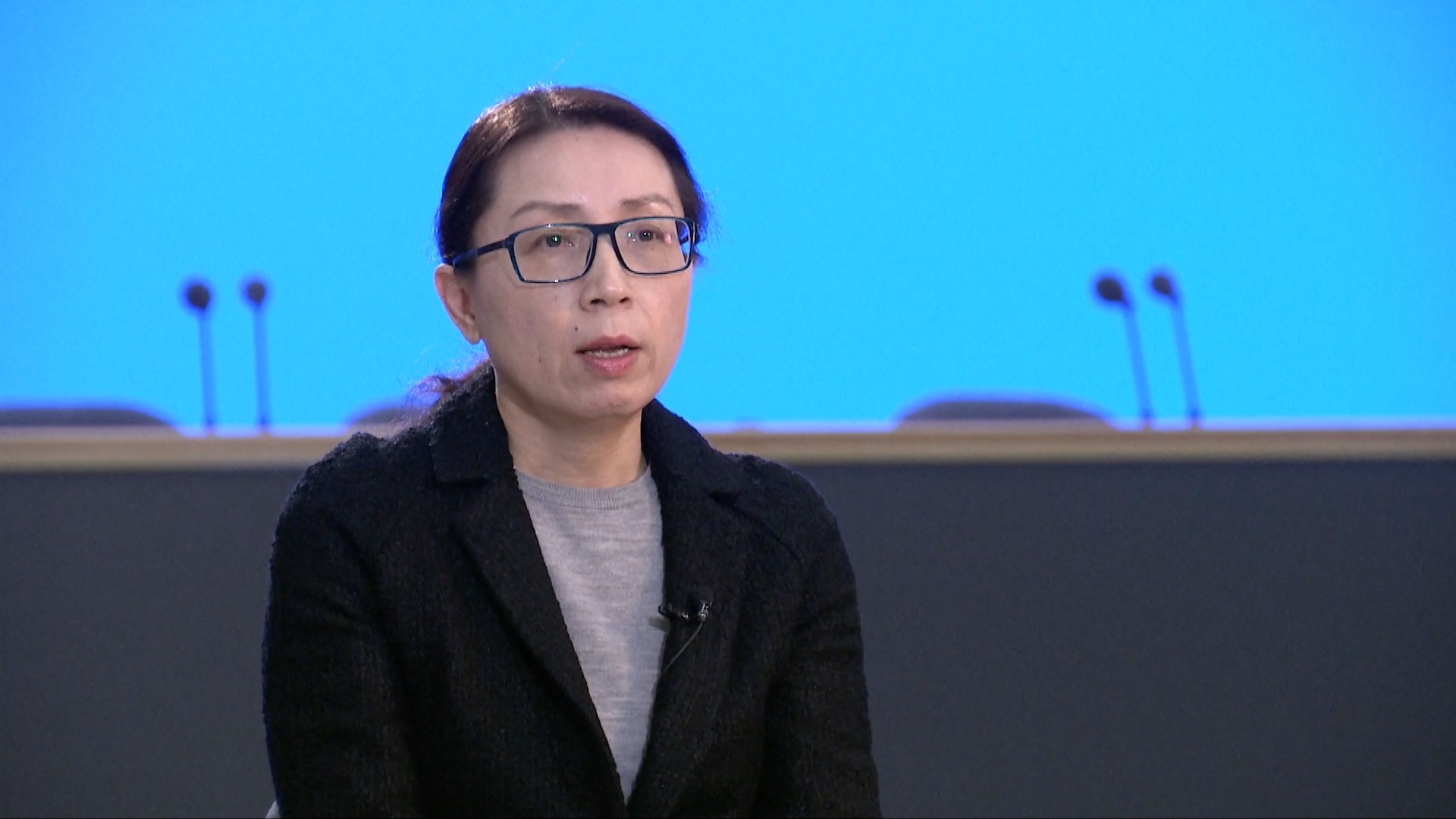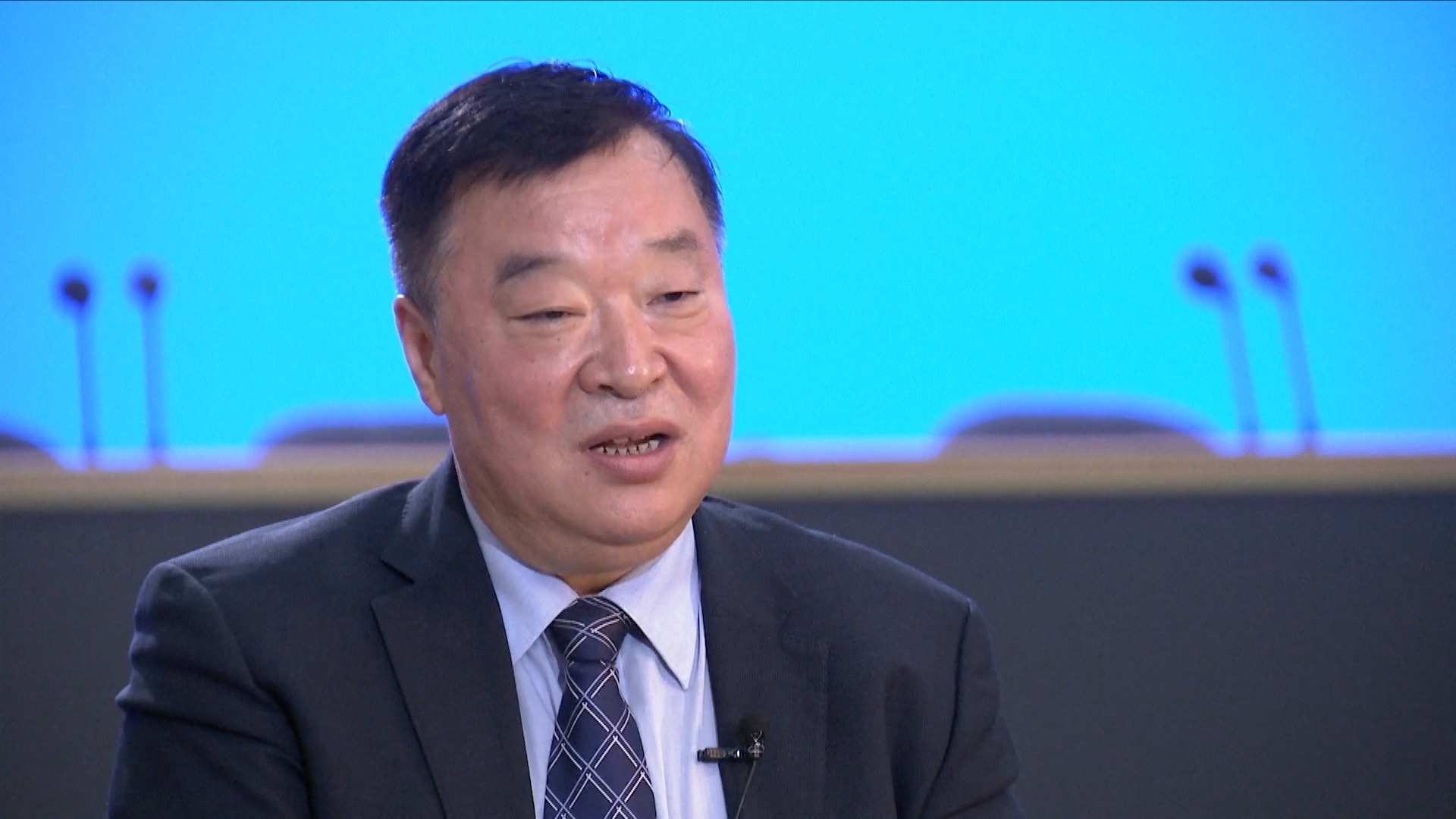Wu Zunyou, chief epidemiologist at the Chinese Center for Disease Control and Prevention (China CDC), has told China Media Group that with strengthened monitoring measures on mutated strains of the novel coronavirus, the risk of their emergence and spread is not too high in China.
"We are tracking new strains circulating in various countries, and also monitoring for virus mutations in domestic outbreaks, especially for strains detected from travelers returning from overseas," said Wu.
Whether or not the variants will cause a new outbreak depends on how similar the mutated strain is in the structure to a recently circulated one, or how different they are in mutation, said Wu, adding that since the mutation is a sub-Omicron one, the risk is not high.
With the optimized COVID-19 measures, there is indeed a possibility of new mutated strains of the virus as the number of domestically transmitted cases reaches a certain level and scale, and close attention is being paid to this, Wu added.
In the plan for downgrading management of COVID-19 from top-level Class A to Class B, special mention is made for monitoring the mutated strains of the novel coronavirus. At present, samples of new strains are collected every day to monitor their changes, said Wu.
"Judging from the current results, all the strains we found so far have already been shared with international sharing platforms. They are the ones either reported abroad, or have been introduced to China after spreading overseas. So far, no newly emerged mutated strains have been found in China.”
Strengthened monitoring plan
04:05

In order to improve the gathering and recording of statistics, the State Council joint COVID-19 prevention and control mechanism team has released a new epidemic surveillance plan for COVID-19 infection, said Wu.
The plan adopted a monitoring method with various channels, including reporting and monitoring of hospitalized cases, and digital statistics of nucleic acid antigen detection.
Wu said China CDC also monitored key institutions like nursing homes as well as respiratory symptoms in school students and the tests of some COVID-19 patients.
So far, China has set up more than 500 sentinel surveillance sites across the country.
The chief epidemiologist further mentioned that the country had "adopted a variety of comprehensively statistical methods to accurately evaluate the occurrence and development trend of the epidemic," adding that, "we can judge on the incidence, intensity, trend and timing of the epidemic, evaluating effect of its prevention and control.”
In the past few years, many countries have adopted such a statistical method, which reflects the overall situation through sampling, said Wu.
How to ensure treatment of severe cases in rural areas?
01:37

Small- and medium-sized cities and rural areas are likely to experience a peak of emergency and severe cases during the Spring Festival travel rush, said Jiao Yahui, head of the Bureau of Medical Administration under the National Health Commission (NHC).
Jiao said she made the observation in accordance with the trend of the epidemic, adding that these areas have seen a spike in COVID-19 infections ahead of the travel rush.
Major Chinese cities, including municipalities and provincial capitals, are passing or have passed the peak of infection. Now the big cities are seeing a downturn in the number of cases in emergency clinics, while the severe cases are still at a high level.
From last December to the beginning of this year, the utilization rate of beds in emergency and intensive care units in tertiary, prefecture- and county-level hospitals, has increased rapidly, according to Jiao.
As of December 25, 2022, the utilization rate of intensive care beds in secondary and tertiary hospitals nationwide was about 54 percent, but the number has since increased to 80 percent.
Jiao said it will be a test for the rural areas in dealing with severe cases during the Spring Festival, and the biggest challenge is whether these patients can be transferred to better-equipped hospitals in time.
Local officials have been urged to organize vehicles to help transfer critically ill patients in rural areas to hospital quickly.
These patients should be transferred to a county-level hospital at the very least, said Jiao, or to a tertiary hospital in the nearby city if their condition is beyond the capacity of the county-level hospital.
"We require the establishment of 'green channels' between the city and the county. If patients cannot be transferred, experts from tertiary hospitals should come to the county-level hospital with equipment to help with the treatment of critically ill patients," said Jiao.
China adjusted its management of COVID-19 in China from Class A to Class B from Sunday, amid the 40-day Spring Festival travel rush from January 7 to February 15.
Downgraded management is not laissez-faire
01:12

Managing COVID-19 with measures designed for Class B infectious diseases, down from Class A, is "definitely not laissez-faire," Liang Wannian, head of the COVID-19 response expert panel under the NHC, told China Media Group.
The adjusted management does not change COVID-19 as a statutory infectious disease stipulated by China's law, which still requires stipulated prevention and control measures, including reporting cases, management and treatment of patients, and necessary public health and social interventions and monitoring, according to Liang.
For such a major infectious disease, the government cannot deal with it alone, Liang said, calling for joint efforts by all parties.
"Of course, while the government is taking the leading role, everyone still must do their job," he said.
Read More:
How does China protect vulnerable rural areas under shadow of COVID-19?
China monitors coronavirus mutations to adjust COVID-19 response
Conditions in place to downgrade COVID-19 management in China
(Cover: Passengers push their luggage out of the international arrival exit of Terminal 3 at the Beijing Capital International Airport, after the cancellation of nucleic acid testing and quarantine for inbound travelers, January 8, 2023. /CFP)